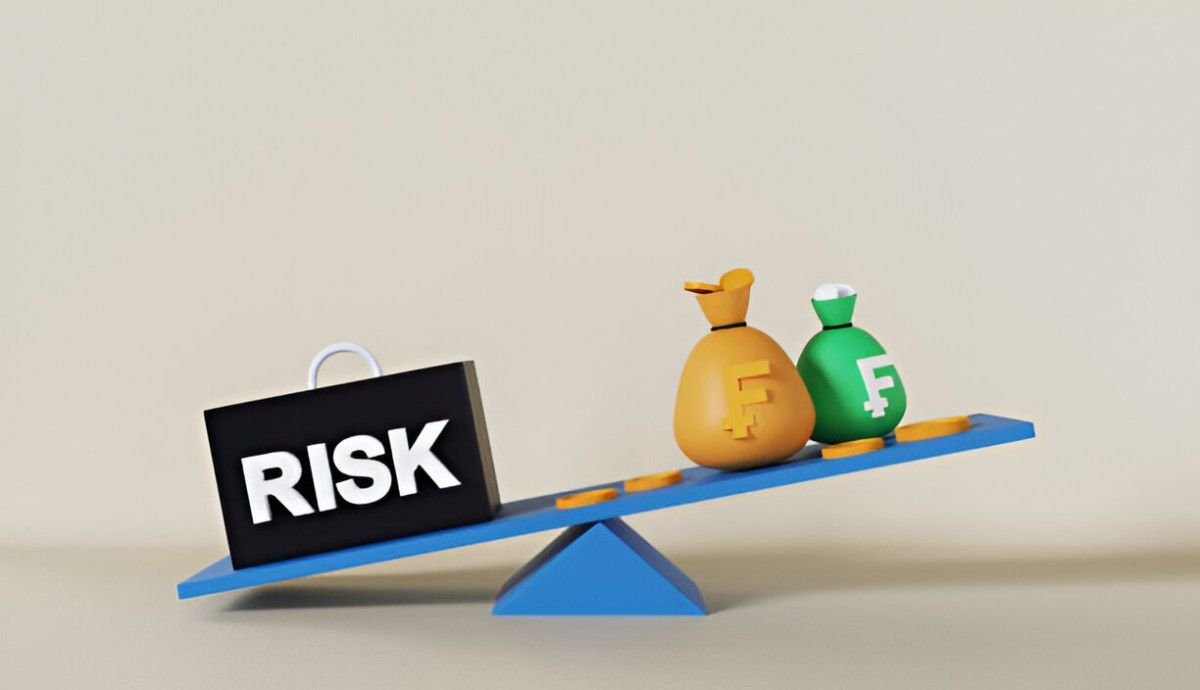As a finance expert, I often get asked how to measure mutual fund performance beyond simple returns. Two key metrics stand out: alpha and risk. While most investors focus on returns, understanding how a fund generates those returns—and at what cost—is crucial. In this article, I break down Alpha 36 (a specialized form of alpha) and compare it with traditional risk metrics like standard deviation and beta.
Table of Contents
Understanding Alpha and Risk
What Is Alpha?
Alpha measures a fund’s performance relative to a benchmark. A positive alpha means the fund outperformed its benchmark after adjusting for risk. The formula for alpha is:
\alpha = R_p - (R_f + \beta \times (R_m - R_f))Where:
- R_p = Portfolio return
- R_f = Risk-free rate
- \beta = Beta (systematic risk)
- R_m = Market return
What Is Alpha 36?
Alpha 36 is a variation that evaluates performance over a 36-month rolling period, smoothing out short-term volatility. It helps identify consistent outperformance rather than luck-driven spikes.
What Is Risk in Mutual Funds?
Risk isn’t just about losing money—it’s about volatility, drawdowns, and unpredictability. Common risk metrics include:
- Standard Deviation – Measures return variability.
- Beta – Indicates sensitivity to market movements.
- Sharpe Ratio – Risk-adjusted return (\frac{R_p - R_f}{\sigma_p}).
Comparing Alpha 36 and Risk
Why Alpha 36 Matters More Than Raw Returns
A fund might show high returns, but if those returns come with extreme volatility, they may not be sustainable. Alpha 36 filters out noise by focusing on longer-term consistency.
Example: Two Funds, Same Return, Different Alpha
| Fund | Annual Return | Alpha 36 | Standard Deviation |
|---|---|---|---|
| A | 12% | +2.5 | 18% |
| B | 12% | -1.0 | 25% |
Fund A has a positive Alpha 36, meaning it outperformed its benchmark consistently. Fund B has higher risk (standard deviation) and negative alpha, indicating it took more risk for the same return.
Risk-Adjusted Performance: The Sharpe Ratio Angle
The Sharpe Ratio helps compare funds with different risk levels. A higher Sharpe Ratio means better risk-adjusted returns.
Sharpe\ Ratio = \frac{R_p - R_f}{\sigma_p}If Fund A has a Sharpe Ratio of 1.2 and Fund B has 0.8, Fund A is the better choice despite identical returns.
Case Study: Applying Alpha 36 and Risk Metrics
Let’s analyze two real-world mutual funds (hypothetical data for illustration):
| Fund | 3-Year Return | Alpha 36 | Beta | Standard Deviation | Sharpe Ratio |
|---|---|---|---|---|---|
| X | 10% | +1.8 | 1.1 | 12% | 1.4 |
| Y | 11% | -0.5 | 1.4 | 20% | 0.9 |
Observations:
- Fund X has lower returns but better risk-adjusted performance (higher Alpha 36 and Sharpe Ratio).
- Fund Y has higher returns but takes more risk (higher beta and standard deviation).
Mathematical Interpretation
If the risk-free rate is 2% and market return is 8%, Fund X’s alpha calculation would be:
\alpha_X = 10\% - (2\% + 1.1 \times (8\% - 2\%)) = 1.8\%Fund Y’s alpha:
\alpha_Y = 11\% - (2\% + 1.4 \times (8\% - 2\%)) = -0.5\%This confirms Fund X’s true outperformance.
Practical Implications for Investors
When to Prioritize Alpha 36 Over Risk Metrics
- Long-term investors benefit more from Alpha 36 since it smooths out short-term fluctuations.
- Risk-averse investors should focus on low standard deviation and high Sharpe Ratio.
When Risk Metrics Matter More
- Short-term traders may prefer high-beta funds for market swings.
- Aggressive investors might accept higher volatility for potentially higher returns.
Conclusion: Balancing Alpha and Risk
Alpha 36 helps identify skill-based performance, while risk metrics reveal how much uncertainty accompanies returns. The best mutual funds combine high Alpha 36 with manageable risk.





